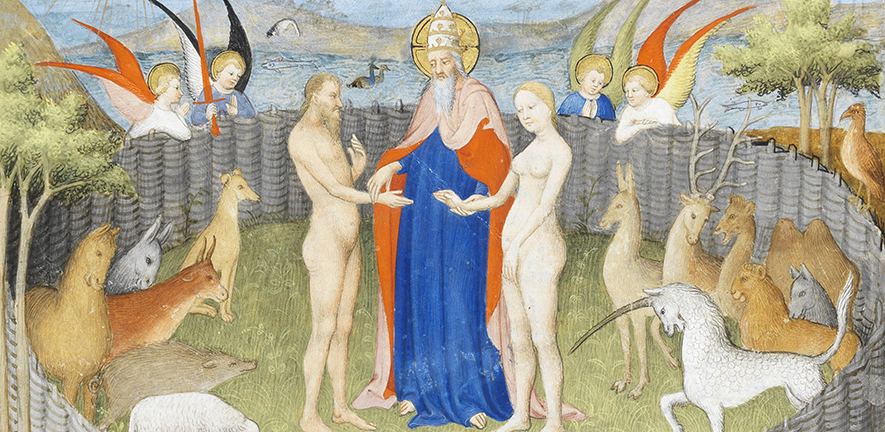|
This is a not-to-be-missed opportunity to see illuminated treasures from many centuries and cultures at the Fitzwilliam Museum in Cambridge. Fortunately there is plenty of time, as the exhibition runs from 30 July to December this year. It is entitled Colour: the art and science of illuminated manuscripts, and is part of the university's manuscript research and cataloguing project that has been going on for some years now. Cambridge University as a whole has a magnificent collection of illuminated manuscripts scattered through the college and University libraries, but unless you are a senior university member or can offer bona fides from a serious academic institution elsewhere you are unlikely to get a chance to handle and really be intimate with any of the great treasures. Looking at them dimly lit behind glass is frankly not the same, but is still a wonderful opportunity for study, if only to realise how very tiny much of the work is. Reproductions in books tend to be very much enlarged, and one gets no sense of the absolutely diminutive scale these artists worked on. Either serious myopia was a job requirement and these artists were blind as moles more than six inches from their noses (as I am myself) or else magnifying eyewear was more common in the middle ages than is generally thought. Someone ought to make a study of the role of myopia in art - I'm convinced it must have played a part in Impressionism as well.
|
The view from my deskCurrent work, places and events, art travel, and interesting snippets about Christian icons, medieval art, manuscript illumination, egg tempera,, gilding, technique and materials. Categories
All
Archives
January 2024
|


 RSS Feed
RSS Feed